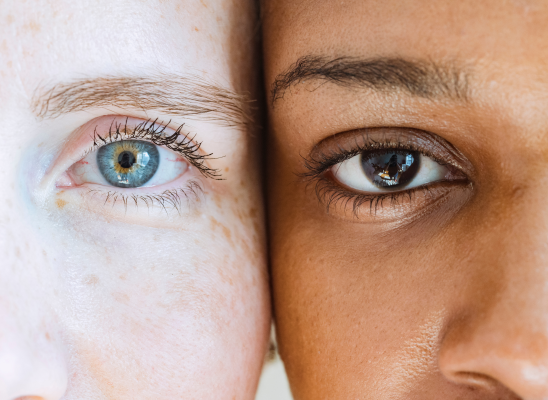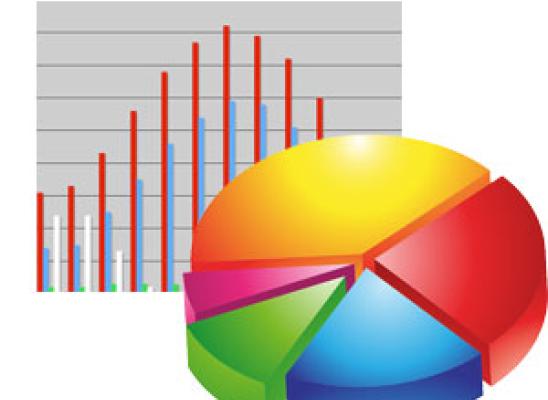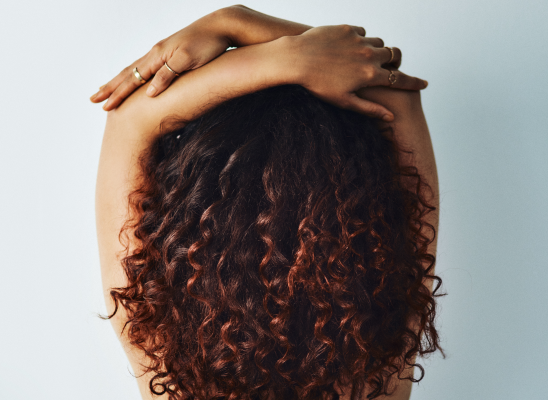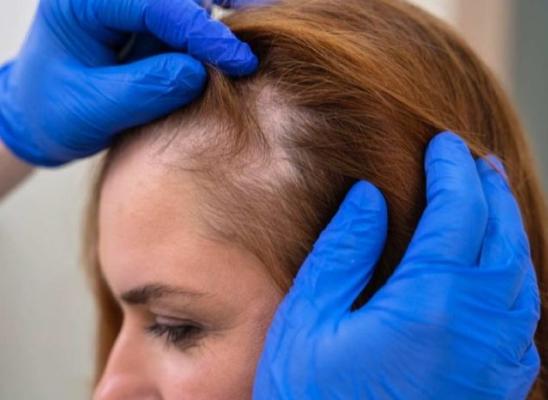How Culture and Society Influence Recovery from Trichotillomania
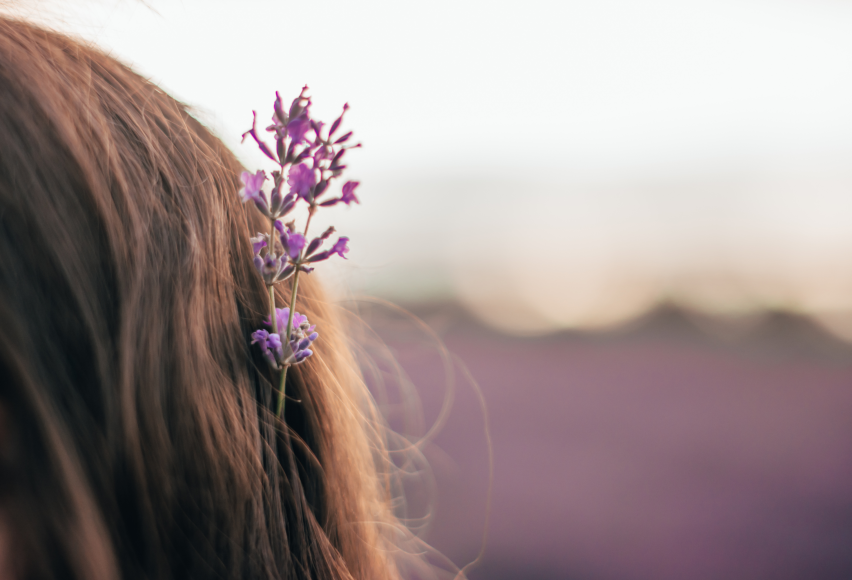
Online test
Find out the severity of your symptoms with this free online test
This is how we do it.
It’s a phrase you’ve probably heard or sensed at different times in your life. And it’s a powerful one that often goes beyond a simple rule or expectation. Our culture and social norms play a significant role in how and why we adhere to certain rules and practices, and even how we see ourselves in relation to others. It’s not right or wrong, it’s simply how we, as humans, exist within our larger social contexts. Now, what does that have to do with Trichotillomania? Quite a bit actually.
Trichotillomania, commonly referred to as “trich” or hair pulling disorder, is a deeply personal experience. But it doesn’t exist in a vacuum. The path to recovery is shaped not only by your own experiences and biology, but also by your cultural and societal influences. From beauty standards to gender roles, emotional expectations to generational beliefs about mental health, culture can either support or complicate recovery in ways that are not always easy to see.
The Role of Appearance Expectations
In many cultures, hair is more than just hair. It holds significant meaning and is often attached to identity and social acceptance, and sometimes even to religious beliefs and practices. When someone struggles with trichotillomania and experiences hair loss, they may feel they’ve failed to meet a certain standard or expectation. Women are particularly susceptible to this. From a young age, women are often taught that beauty equates to healthy, shiny hair.
In cultures with high emphasis on physical appearance or where visible “flaws” are considered unacceptable, the pressure to conform can be intense. This pressure can lead to feelings of shame and create secrecy and isolation, even becoming a barrier to recovery. People may avoid social gatherings, relationships, and even avoid seeking help due to fears of being judged.
Interestingly, some cultures are less concerned with hair pulling than others. Patterns of pulling differ as well, further contributing to differences in how hair pulling is viewed.
Gender Roles and Emotional Expression
Cultural gender norms often shape how emotions are expressed and how help-seeking is perceived. For example, in some cultures, women may be encouraged to talk about their feelings. Men, on the other hand, may be discouraged from talking about their feelings or showing vulnerability, leading them to hide their struggles or dismiss them as unimportant.
Not surprisingly, men are less likely to be diagnosed with trich too. Statistically, women are four times more likely to be diagnosed with trich than men.
This difference in gender norms can also affect how or if someone might seek help. For example, a boy who pulls his hair might not be taken seriously or may be told to “toughen up.” A girl might feel pressure to hide her hair pulling to maintain an image or expectation of appearance.
Part of recovery involves learning how to express emotions. If your culture teaches you to suppress them, seeking help can feel intimidating.
Cultural Stigma Around Mental Health
Despite the progress made in awareness, mental health is still a taboo subject in a lot of communities and families. Disorders like trich may not be well understood. Myths and misconceptions about trich abound:
- It’s “just a bad habit.” It’s not.
- It’s due to a lack of willpower. It’s not.
- You can “just stop.” If it was that easy, everyone would do it. It’s more complicated.
- People fear admitting their struggle or seeking help will result in being judged or labeled as “crazy.” That’s a derogatory, often carelessly tossed about term that is not helpful or accurate.
- Seeking therapy can be viewed as a sign of weakness and “inability to handle it yourself”. The truth is that therapy is an effective and proven intervention for managing trich.
- In some cultures, there may be mistrust of healthcare systems or lack of culturally informed providers.
These misconceptions and messages can create major barriers to recovery. It’s hard to seek treatment for when you’re worried about being judged or believe that there may be some truth in those messages.
How Culture Can Support Recovery
While culture can create obstacles, it can also create opportunities and be a source of strength. Cultural traditions that emphasize community, storytelling, mindfulness, or spirituality can provide meaningful support in the healing process.
Look for culturally sensitive therapists, peer support groups, and allies. Recovery can sometimes be enhanced when it’s framed in a way that aligns with cultural values such as resilience, family connection, or faith.
Part of recovery is understanding your unique influences and how they have shaped your experiences. Draw from those experiences to find sources of strength and inspiration.
- Be curious about your own story. What messages did you receive growing up about beauty, strength, or emotions?
- Seek support from people who understand your background and identity.
- Challenge shame by gently talking back to the critical voices. Instead, learn to give yourself grace and compassion.
- Honor your values. Recovery doesn’t mean rejecting your culture. It can mean reinterpreting it in ways that support your healing.
Recovery is never about just stopping the pulling. It’s also about learning how to navigate a world that may not understand your experience. It’s about drawing strength from the positive and building resilience and confidence. When you understand the cultural and societal influences that have shaped your journey, you can create a path to recovery that is effective and empowering.
Understanding social and cultural influences isn’t always easy to sort out. If you want to learn more about this aspect of your experience, a therapist can help. Therapy is more than just the behavior change. It is also about creating awareness and understanding and learning to tap into those positive aspects that can build resilience and enhance your recovery experience.
At TrichStop, we have a team of experienced therapists who understand and respect the importance of culture in the healing process. Online therapy offers the added convenience of being able to see your therapist on your schedule. If you’re ready to take the next step towards recovery, Trichstop therapists are here to help.
References
1. Trichotillomania statistics and numbers: Prevelance, risk factors, & more. (2021, April 14). Retrieved from https://www.therecoveryvillage.com/mental-health/trichotillomania/trichotillomania-statistics/
2. https://www.reddit.com/r/trichotillomania/comments/17qvp4y/gender_and_trich/
Online test
Find out the severity of your symptoms with this free online test
Start your journey with TrichStop
Take control of your life and find freedom from hair pulling through professional therapy and evidence-based behavioral techniques.
Start Now
